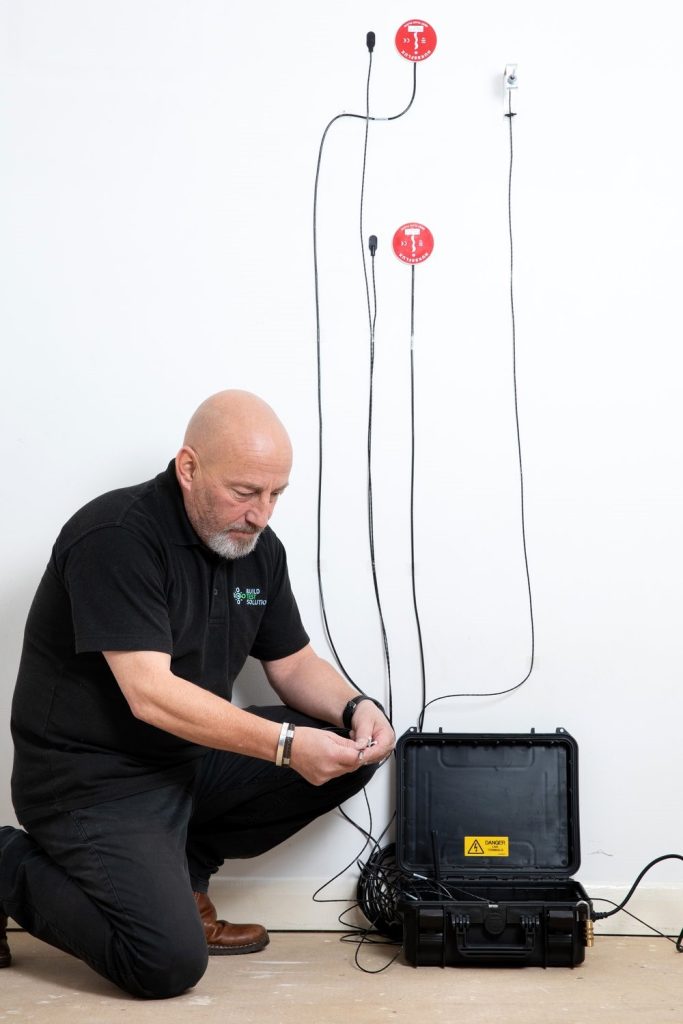
Many social landlords and other building owners are carrying out or planning energy efficiency improvement work to their housing and building stock. It’s one thing to make the improvements, but it’s another to ensure that they actually reduce environmental impacts. Energy monitoring plays an important role in Post-Occupancy Evaluation (POE) and new technology is making the whole process easier. Measurement need not be expensive and can be carried out without disruption to residents. We’ve put together 8 benefits of POE:
- Gain learning about the quality of new builds which can be applied to future building projects. So often, homes are not built by the people who have to manage them. This can lead to some really poor quality new homes. Here’s one example.
- Anticipate future regulations. For example, section 3.3 of the Future Homes Standard is about building performance and has a heavy focus on the performance gap while the EPC Action Plan also set out an intention to include performance measurement in EPCs. Both are looking towards the planned 2025 changes, so a little in the future but not too far off. Industry insiders expect that the calculated Heat Loss Parameter for each EPC will be recorded in the national database. This means that the figures can be accessed and compared with actual measurements later. This may mean that actual measured heat loss is used for EPC certificates as opposed to modelled heat loss.
- The first round of Social Housing Decarbonisation Fund (SHDF) funding also allows Heat Transfer Coefficient (HTC) measurement to be used as part of compliance [1]. There are additional funding streams available through measurement already, the most obvious being ECO3 & 4 [2,3].
- In the same way that learning can be gained from new build projects, POE on retrofit projects can identify learning about the quality of retrofits that can be applied to future retrofit projects.
- POE can provide a means for measuring contractual performance and quality control/assurance on building works e.g. subcontractors must achieve a Heat Transfer Coefficient (HTC) of 25% to receive final payments. This thought process is very much in its infancy though. Maybe it is better to concentrate on the feedback and learning aspect until more measurements have been done in the sector. At the moment it may be unfair to expect contractors to meet design expectations whilst the sector is at an early stage of learning what works in practice.
- Better knowledge of thermal performance helps to better target retrofit spending on the buildings/residents most in need.
- Better estimates of heat demand allow better design of heating systems, particularly important to properly size heat pumps to deliver high efficiency and avoid extra capital cost on oversized systems.
- Unexpected performance leads to unintended consequences. Better knowledge of thermal performance can help to proactively address issues that are likely to come up in future (e.g. mould risk) and avoid costly reactive maintenance.
Click on this link to find out more about POE and get in touch if you’d like to discuss a project and/or new technology.
[2] Page 23 – Energy Company Obligation Guidance
[3] Chapter 8 – Eco4 Consultation
[4] Photo by Build Test Solutions
